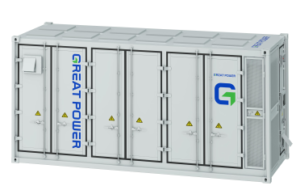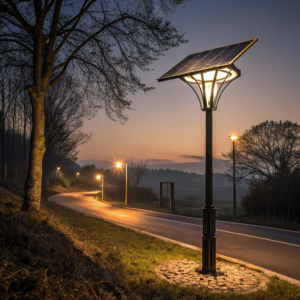How does a solar panel work with an inverter?
•
Solar panels are becoming essential for clean energy, but how do they actually connect to your home's electrical system? The inverter is the key piece that makes solar power usable.
Solar panels produce DC electricity which the inverter converts to AC power for home use, while also optimizing performance and monitoring system health.
Without an inverter, the electricity from solar panels wouldn't be compatible with your home appliances. Let's explore this crucial relationship in detail.
What fails in a solar inverter?
Inverters are the workhorses of solar systems, but they can develop problems over time. Knowing what typically fails helps with maintenance and troubleshooting.
The most common inverter failures involve capacitors (35% of failures), cooling fans (25%), and circuit boards (20%), usually due to heat stress or power surges.
Common Failure Points and Causes
- Capacitors:
- Swell or leak electrolyte
- Caused by overheating
- Average lifespan: 7-10 years
- Cooling Fans:
- Bearings wear out
- Dust accumulation
- Failure leads to overheating
- Circuit Boards:
- Solder joints crack
- Component degradation
-
Surge damage
Preventive Measures:Component Maintenance Tips Expected Lifespan Capacitors Keep inverter in shaded area 7-10 years Cooling Fans Clean quarterly 5-7 years Circuit Boards Install surge protector 10-15 years Regular cleaning can extend fan life by 40%.
Is it better to have an inverter for each solar panel?
Microinverters vs string inverters is a key decision when designing a solar system. Each approach has distinct advantages.
Microinverters (one per panel) optimize individual panel performance (up to 25% more energy in shaded conditions) but cost 20-30% more than string inverters.
!Comparing Inverter Approaches
String Inverters:
- Single unit for all panels
- Lower upfront cost
- Whole system affected by shading
Microinverters: - One per solar panel
- Panel-level optimization
-
Easier to expand system
Performance Comparison:Condition String Inverter Microinverter Full sun 100% 100% Partial shade 70% 95% Panel failure 30% loss 5% loss Microinverters increase system cost but reduce long-term losses.
What happens if you connect too many solar panels to an inverter?
Overloading an inverter is a common installation mistake that can lead to serious system issues.
Exceeding an inverter's capacity by more than 10% causes clipping (lost energy), overheating, and can reduce inverter lifespan by up to 50%.
Consequences of Overloading
- Energy Clipping:
- Inverter caps output
- Wasted solar potential
- Up to 15% energy loss
- Heat Damage:
- Components degrade faster
- Thermal shutdowns
- Fire risk increases
- Warranty Void:
- Most manufacturers void warranties
-
No coverage for overload damage
Safe Operating Ranges:Inverter Size Max Recommended Panels Absolute Max 5kW 5.5kW 6kW 10kW 11kW 12kW Keeping within 10% of rated capacity preserves warranty coverage.
Conclusion
The inverter is the essential link between solar panels and usable electricity. Understanding common failures, system design choices, and capacity limits helps maximize solar investment returns. Proper inverter selection and maintenance can extend system life by years while optimizing energy production.





